#dutch renaissance
Explore tagged Tumblr posts
Text

The Hunters in the Snow (1565) 🎨 Pieter Bruegel the Elder 🏛️ Kunsthistorisches Museum Wien 📍 Vienna, Austria
In the late 16th century, the Antwerp banker Niclaes Jongelinck owned one of the most important painting collections in the Netherlands. He commissioned Bruegel to create a series of six seasonal paintings, the last of which is shown here. The series also included: Gloomy Day (Early Spring; KHM, GG 1837), Spring (now lost); Hay-Harvest (Early Summer; Nelahozeves Castle, Czech Republic, Lobkowitz Collection); The Harvesters (Late Summer; New York, Metropolitan Museum of Art); Return of the Herd (Autumn; KHM, GG 1018). For the composition of this series, Bruegel, who today is regarded as the most progressive landscape painter of the 16th century, followed an older tradition that divided the year, beginning on 1 March, into six unequally long seasons. What all the compositions have in common is the so-called balcony motif, i.e., the depiction of a hill in the foreground from which an overall view of the landscape unfolds. On top of the hill a group of hunters accompanied by a pack of dogs is seen, making their way back to the village below. Their catch is poor: a single fox dangling from the spear the hunter on the left carries on his shoulder. To the hunter’s left, Bruegel added a motif that had been used forquire some time in book illumination for depicting the month of December: the preparations for singeing a pig over an open fire outside a building. The damaged sign hanging above them reveals the name of the inn: “dit is inden Hert”, meaning “To the Deer” – a well-aimed passing shot. Entertaining details, such as the people ice-skating on the frozen lakes, have contributed to the painting’s enormous popularity. However, it does not owe its significance in art history to its details but rather to the overall impression conveyed by the coloration and composition. With virtuosity and consistency Bruegel evokes the impression of cold: white, blue-green and brown are the dominant colours. The precise silhouette of the trees, the frozen mill-wheel at the lower right and the icy surface of the snow revealed by the hunters’ footprints blend together to convey the fundamental characteristics of winter. The scene is an invented, universally formulated landscape: the combination of a chain of Alpine mountains with Flemish architecture renders pointless any search for reality.
#The Hunters In The Snow#Pieter Bruegel the Elder#Kunsthistorisches Museum Wien#Vienna#Austria#Renaissance#Northern Renaissance#Dutch Renaissance#Flemish Renaissance#art#artwork#art history#Jagers in de Sneeuw#flemish#oil on wood#oil painting#painting#Twelve Months#genre painting#Flemish Mannerism
48 notes
·
View notes
Text
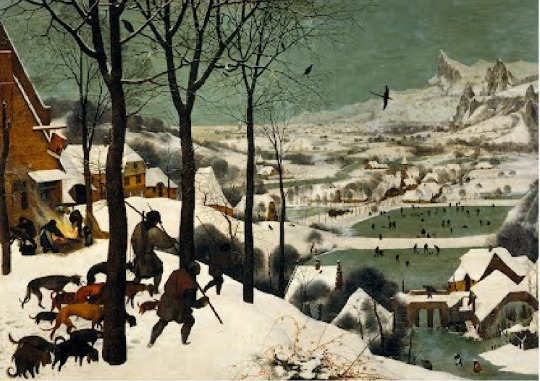
Pieter Bruegel the Elder (Dutch, 1525/1530-1569)
Hunters in the Snow, 1565
37 notes
·
View notes
Text


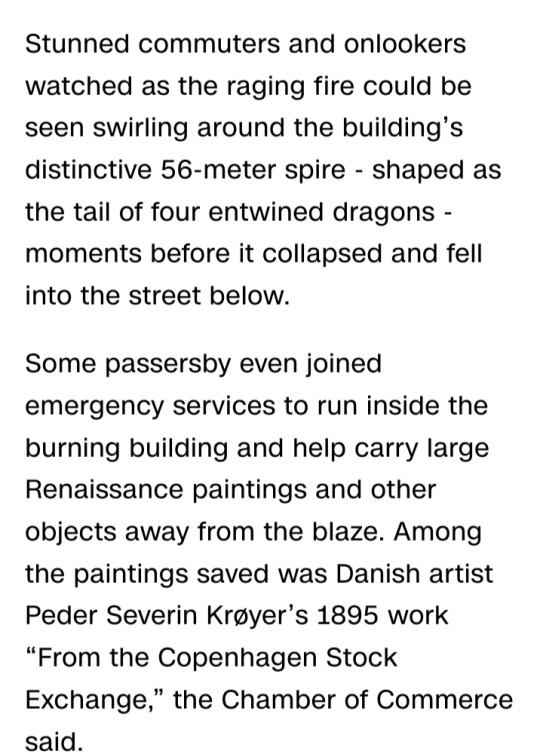

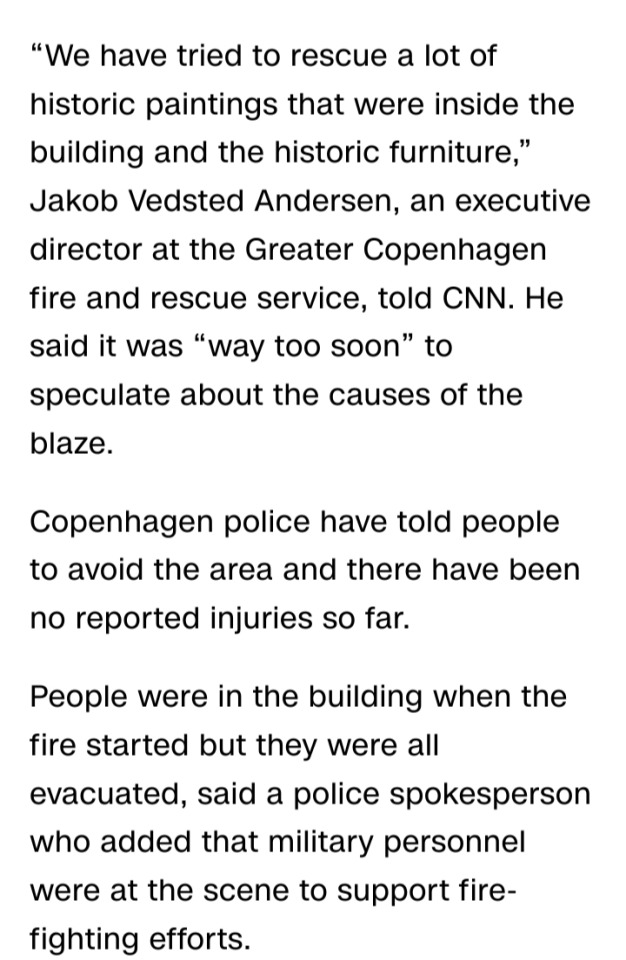


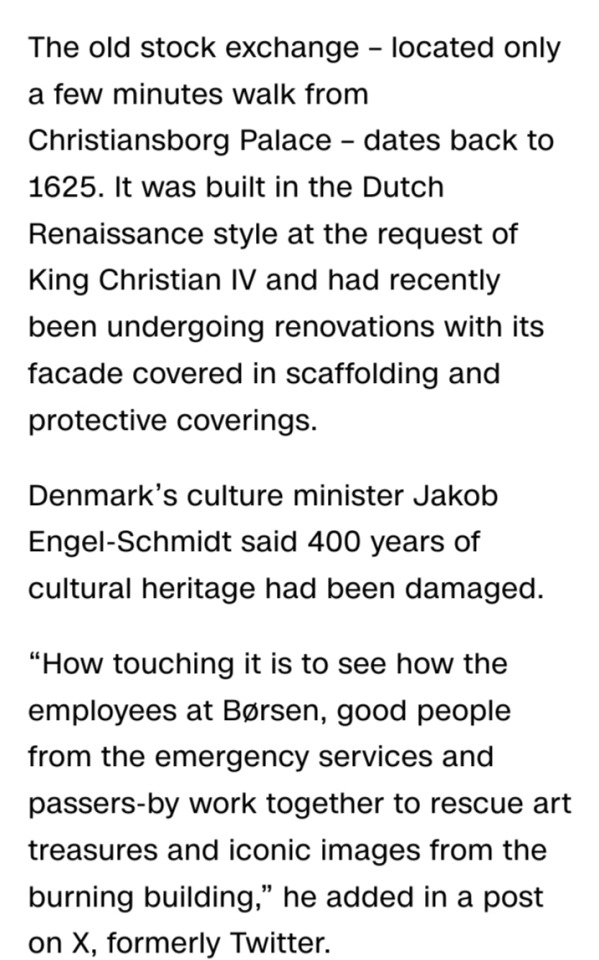

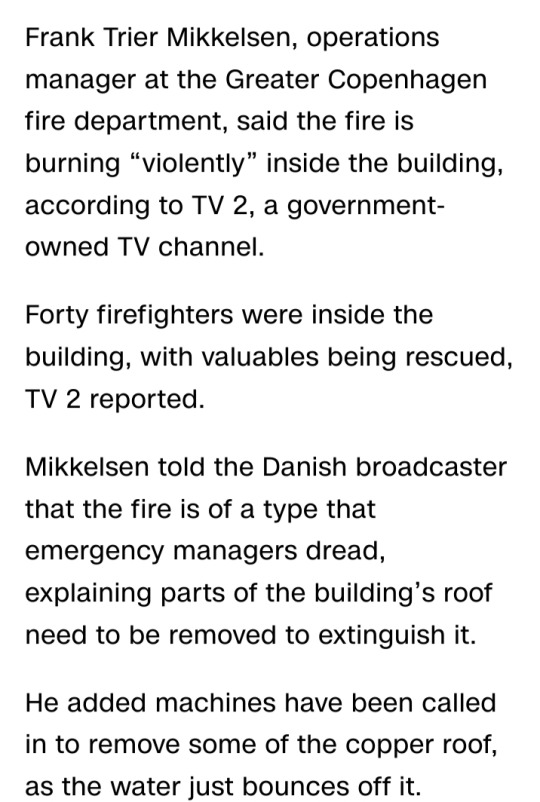
youtube
Fire breaks out at Copenhagen's stock exchange | REUTERS
16 April 2024
A fire ripped through Copenhagen's Old Stock Exchange, one of the Danish capital's best-known buildings, engulfing its spire, which collapsed in a scene reminiscent of the 2019 blaze at Paris' Notre-Dame.
#Copenhagen Stock Exchange#Copenhagen#Denmark#Børsen building#cultural heritage#famous landmark#King Christian IV#Dutch Renaissance#Old Stock Exchange#fire#Copenhagen Fire#17th Century Børsen#dragon tail spire#Notre Dame Fire 2019#Youtube#Børsen
19 notes
·
View notes
Text
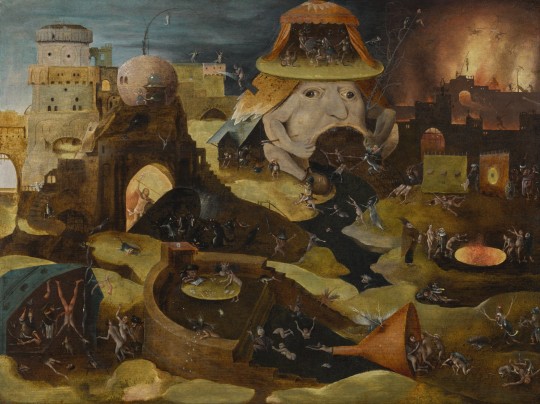
The Harrowing of Hell, follower of Hieronymus Bosch, circa 16th century
Oil on oak panel 43.6 x 58.3 cm (17 ⅛ x 23 in.)
#art#painting#hieronymous bosch#renaissance#16th century art#16th century#oil#dutch#dutch renaissance#religious#religious art
58 notes
·
View notes
Photo

Wine is a Mocker - Jan Steen, 17th century
This has been one of my favorite paintings since I first saw it! It's at the Norton Simon in Pasadena.
17th century Dutch paintings are so lit lol
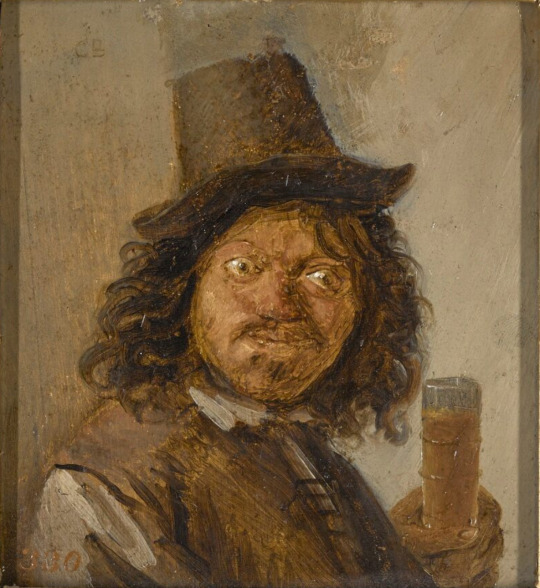
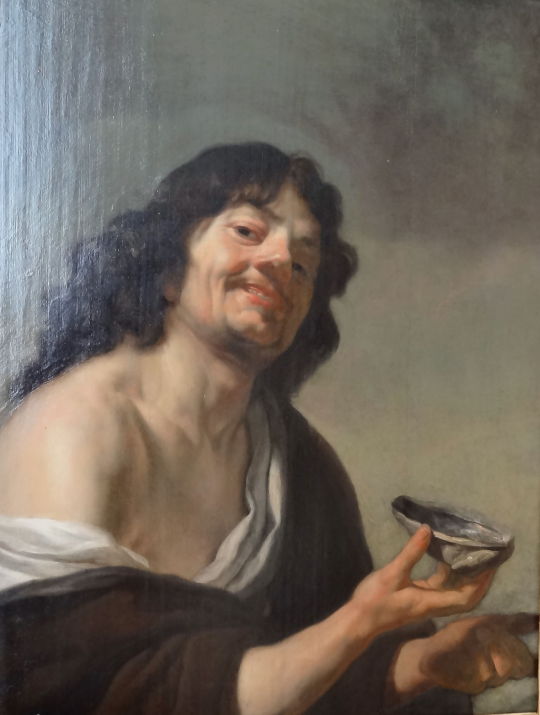
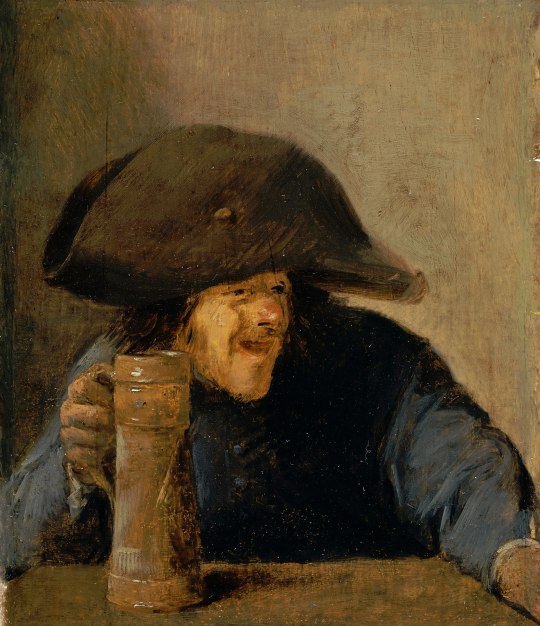
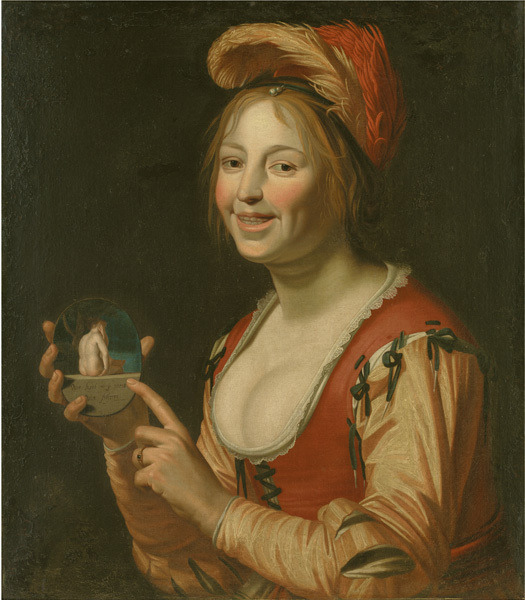

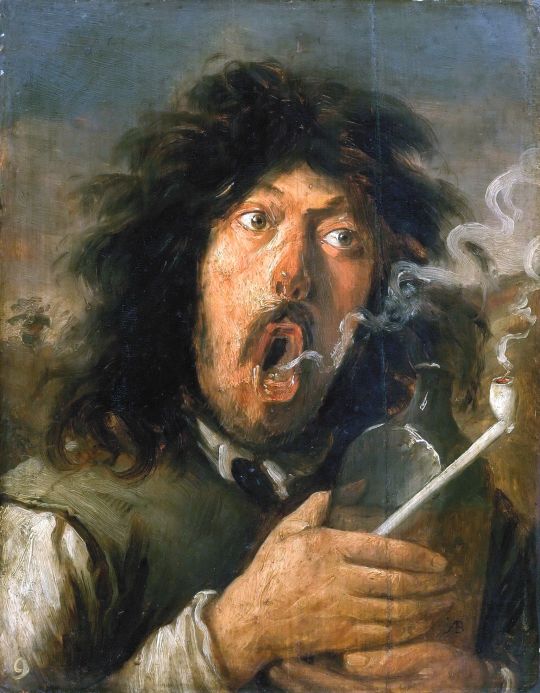

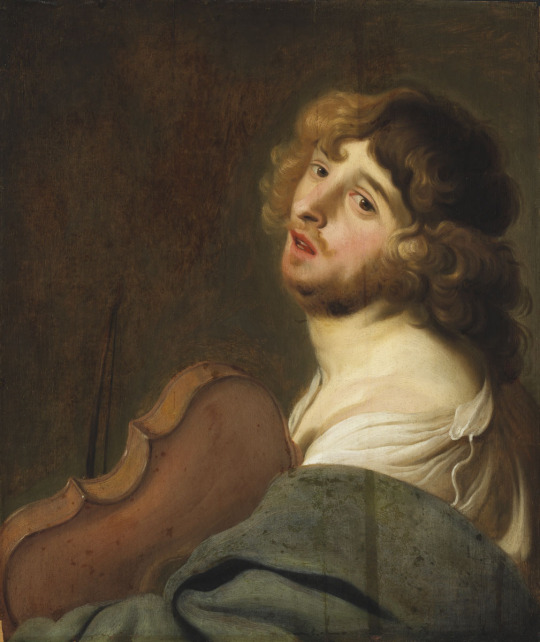
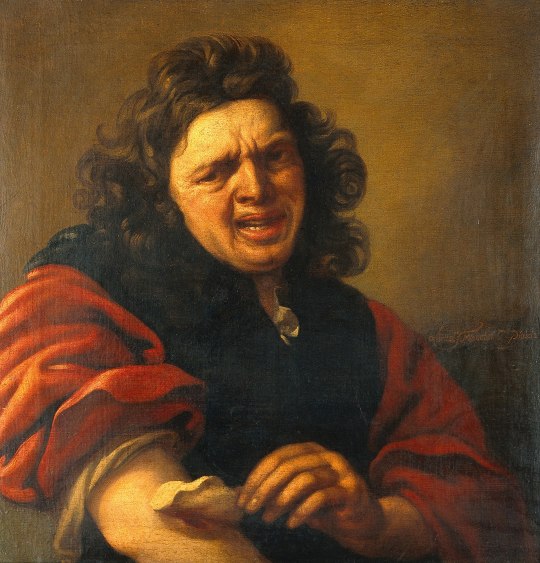

Word for today: tronie
A style of painting invented/popularized in Holland in the 17th Century, showing naturalistic and non-idealized facial expressions (and less-attractive or drunk people) as opposed to the formalism of the Renaissance. https://commons.wikimedia.org/wiki/Category:Tronies
#art#art history#dutch paintings#northern baroque#renaissance painting#dutch renaissance#painting#oil painting
19K notes
·
View notes
Text
"If we do nothing but enjoy a day, no matter how small and petty it may seem, we’ve accomplished something valuable. Everything we do, everything we imagine has value and purpose." — Natalie Sudman
from Application of Impossible Things: My Near Death Experience in Iraq by Natalie Sudman, (Ozark Mountain Publishing, 2012)

Johannes Vermeer, The Milkmaid, 1657–1658 (though estimates differ). Oil on canvas. Photo courtesy Rijksmuseum, Netherlands. Object Number SK-A-2344
The Milkmaid by Johannes Vermeer depicts a seemingly ordinary scene of a young woman performing a mundane task of preparing a meal. She is working in a dignified and calm manner, which can be seen as a representation of the 17th-century Netherlands' value of domestic virtue. Purpose and meaning can be found in everyday responsibilities.
youtube
#ordinary life#Johannes Vermeer#dutch art#dutch renaissance#dutch golden age#application of impossible things#natalie sudman#the ordinary#ordinary things#mindfulness
0 notes
Text
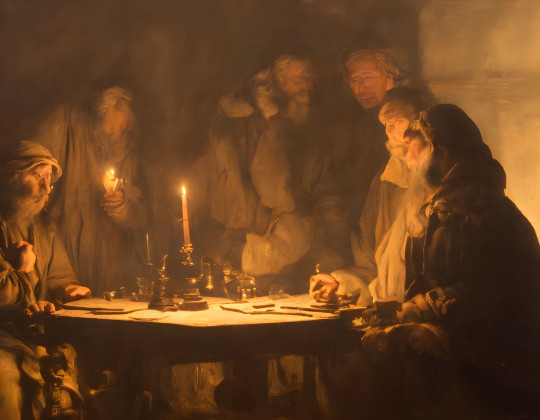

Two recent Deep Dream creations rendered in the color schemes and shading of Dutch and Flemish Renaissance painting.
The first I call Purgation. It depicts the nebulous and distorted shades of once influential and powerful men holding some kind of midnight council. In life they decided the fates of other men at such meetings. In death, they are reduced to fruitless pantomime.
The second picture is titled Séance. In this image a writer works alone by candle light. But he's not alone. He feels the weight of watchful eyes, the gaze of unseen ancestors who sit in judgment on his life and work. Whether real or mere projections of his own self-doubt, they drive him onward and keep him feverishly bent on his task.
0 notes
Text

The Hunters in the Snow by Pieter Bruegel the Elder
#pieter bruegel the elder#art#landscape#snow#hunters#hunting#dutch#flemish#low countries#netherlands#europe#european#winter#dogs#dog#hounds#inn#town#village#northern renaissance
908 notes
·
View notes
Text
Portrait of Jean de Carondelet (1469-1544), Jan Gossaert, 1517

2K notes
·
View notes
Text

The Plague Doctor's Visit.
#my art#kabuki's ocs#owl ocs#bird ocs#original art#kabukiaku alphonse#kabukiaku cardinal matteo#1630s#1600s art#digital art#italian baroque art#dutch baroque#renaissance#renaissance art#corvid ocs#anthro#avian#anthro oc#furry art#furry oc#bird furry#oc art
491 notes
·
View notes
Text

Portrait of a Woman, possibly Anne Codde, 1529
Maarten Van Heemskerck
#Maarten Van Heemskerck#art#painting#fashion#portrait#1520s#16th century#dutch art#oil on oak wood#oil on wood panel#mannerism#renaissance#dutch golden age
237 notes
·
View notes
Text

Peter Bruegel the Elder (Dutch, 1525 to 1530 - 1569)
6 notes
·
View notes
Text

Ascent of the Blessed by Hieronymus Bosch, 1505-1515.
#classic art#painting#hieronymus bosch#dutch artist#16th century#renaissance#northern renaissance#early netherlandish#christian art#heaven#ascent#people#angels
56 notes
·
View notes
Text






details from Garden of Earthly Delights (1503-1515) by Hieronymus Bosch
45 notes
·
View notes
Text
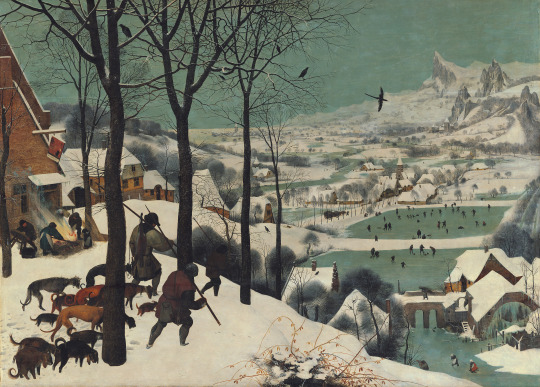
Pieter Bruegel the Elder (Dutch-Flemish c. 1525–1530-1569), Hunters in the Snow (Winter), 1565. Oak wood, Overall: 116,5 cm × 162 cm × 2,4 cm Framed: 134 cm × 180 cm × 11 cm. (Source: Kunst Historisches Museum Wein, Vienna)
#art#artwork#Dutch and Flemish Renaissance#Pieter Bruegel the Elder#Pieter Bruegel#Bruegel#landscape art#Kunst Historisches Museum Wein
78 notes
·
View notes
Text

Albrecht Dürer, Peasant Couple Dancing, 1514
#art#Albrecht Dürer#Peasant Couple Dancing#1514#Durer#etching#engraving#print#1500s art#1500s#copper engraving#german art#german painter#renaissance#landscape artist#gothic#Hieronymus Bosch#printmaker#woodcut#Nuremberg#adam and eve#the prodigal son#praying hands#reformation#michelangelo#prado#Pieter Bruegel#dutch art
16 notes
·
View notes